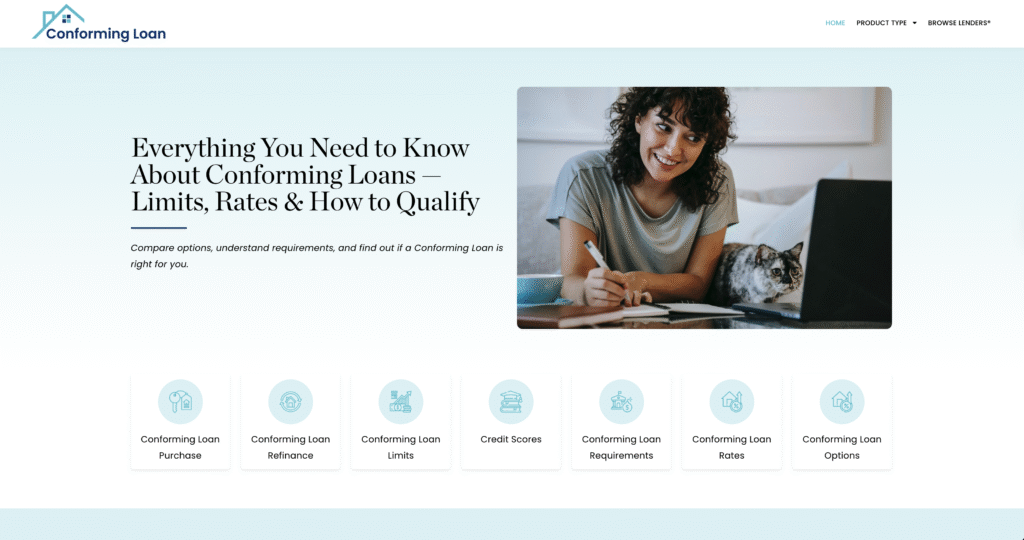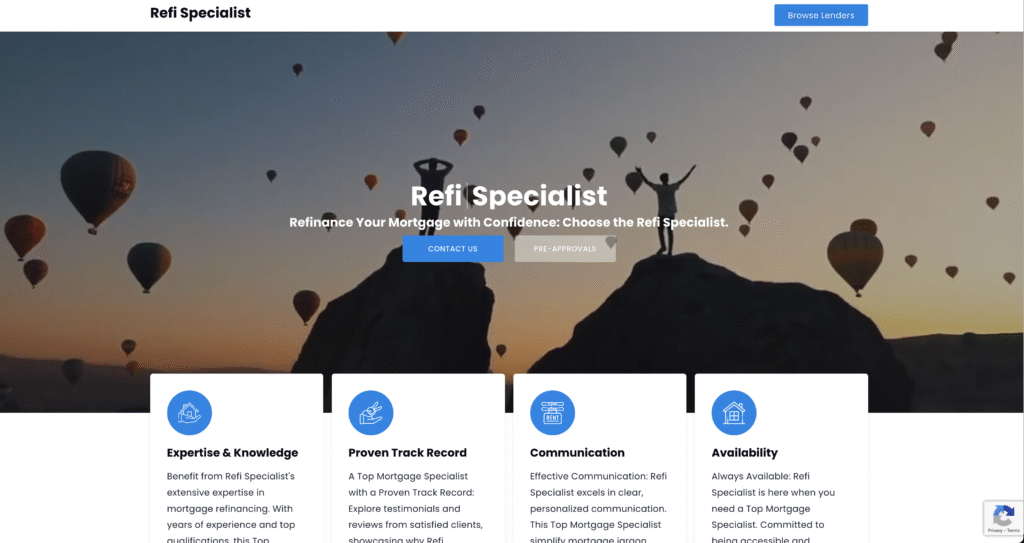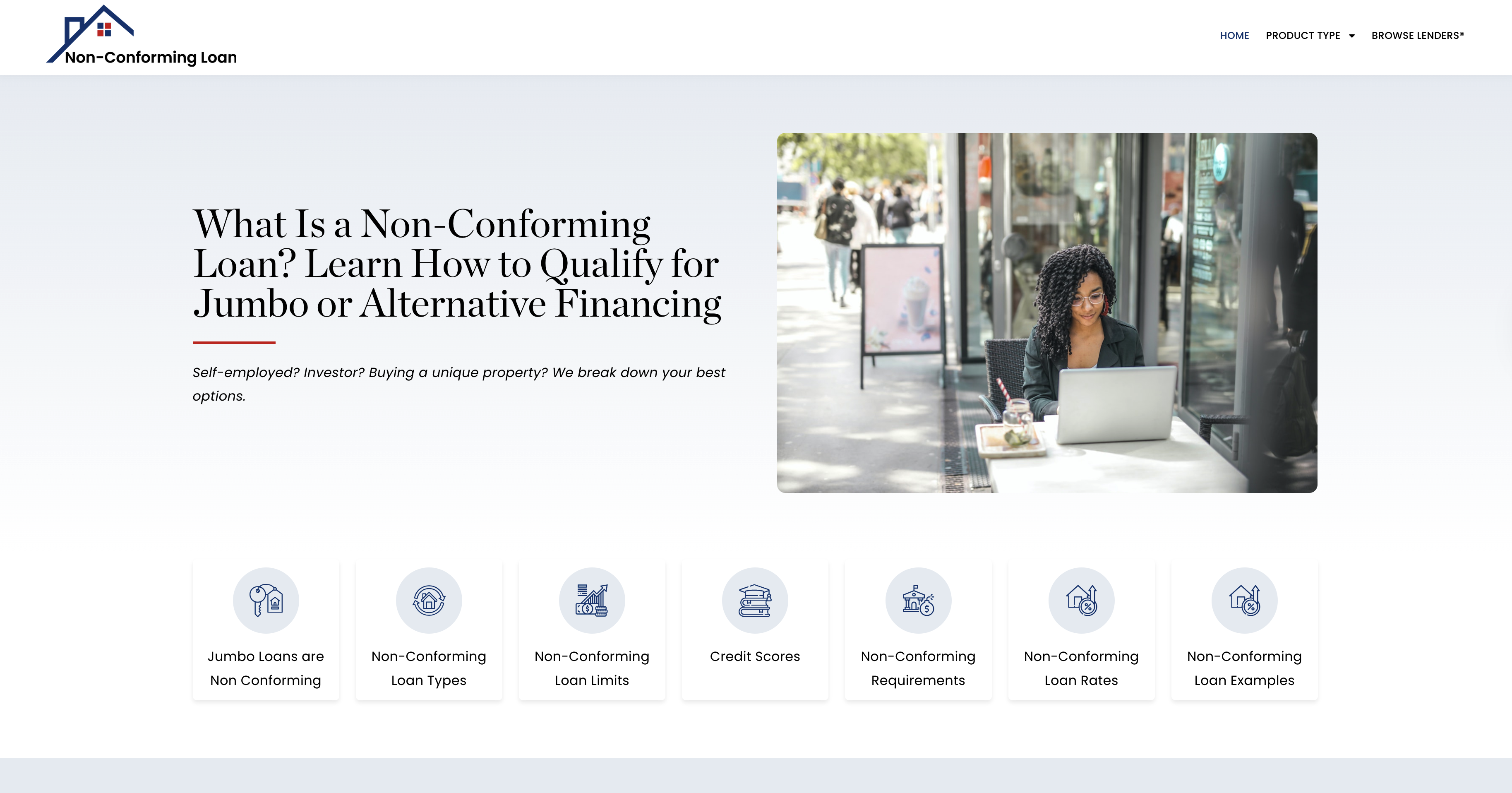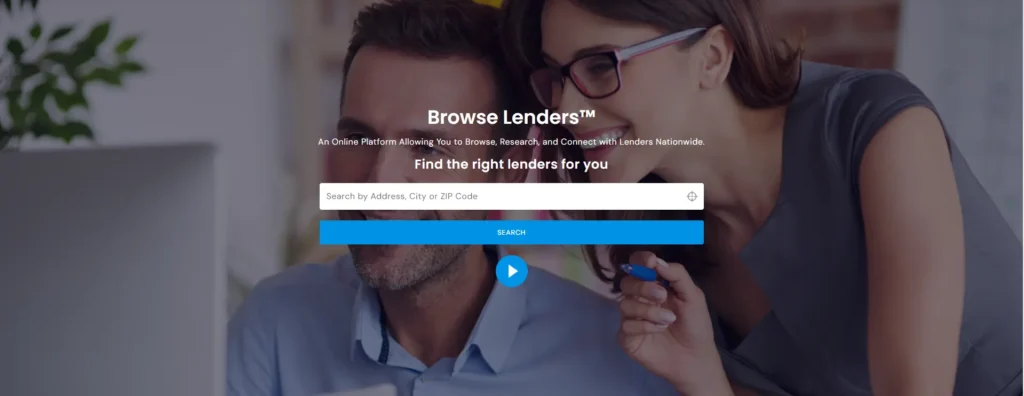Case Study: How Credit Literacy Turned a Gig Worker into a First-Generation Investor
At 24, Jasmine Alvarez didn’t have a steady paycheck, an employer-sponsored 401(k), or health insurance. What she had was a car, a smartphone, and an ironclad work ethic. Like many in her generation, she made ends meet through the gig economy—driving for rideshare apps, delivering food, and taking on freelance graphic design work whenever she could. Some months, she earned $2,000; others, closer to $3,800. But the income instability made it impossible to plan for the future. Jasmine had no savings, no investment accounts, and a credit score stuck in the low 600s. She wanted more than just financial survival—she wanted to build something. But with no financial education, no safety net, and no traditional employment path, she didn’t know where to begin.
Jasmine’s wake-up call came in the form of a credit rejection. She had applied for an apartment closer to downtown Phoenix, hoping to reduce her commute and expand her client network. Despite having no evictions, consistent rent history, and a decent income average, she was denied. The reason? A Middle Credit Score® of 601. Her rental application flagged her as “high risk,” and she lost the apartment. Frustrated and determined, she went online and began researching what that score really meant—and how to fix it. What started as a few YouTube videos quickly turned into deep dives into credit utilization, payment history, hard inquiries, and how scores were calculated. Jasmine realized she didn’t have an income problem—she had an information gap.
Over the next three months, she treated her financial education like a full-time job. She created a spreadsheet to track every gig, every bill, and every credit card balance. She set up a separate checking account for taxes and stopped using her debit card for variable purchases, switching instead to a single cash-back credit card that she paid off weekly. This allowed her to build consistent utilization patterns and earn small rewards that she reinvested into savings. She focused on keeping her balance below 10% of her credit limit at all times, and after learning how statement dates worked, began paying before balances were reported to the bureaus. Her Middle Credit Score® climbed from 601 to 645 in just two months.
With her credit improving, Jasmine opened a secured credit card and used it exclusively for recurring subscriptions like Canva and Dropbox—tools she already paid for to support her freelance design work. She also signed up for a rent-reporting service to ensure her on-time payments were being reflected in her credit file. She made it a habit to check her credit report monthly and disputed two outdated collections, one of which was successfully removed. As her credit improved, she began looking at bigger financial goals. She researched investing, opened a Roth IRA through a mobile investing platform, and started contributing $50 a month. Her first purchase? A low-cost total market index fund. She didn’t understand everything about the stock market—but she understood she had to start. That action alone made her feel powerful in a way she hadn’t felt before.
By her 26th birthday, Jasmine had a Middle Credit Score® of 712, a $7,000 emergency fund, and a Roth IRA worth just under $3,000. She had also moved into a studio apartment she qualified for with ease—this time, her credit score actually gave her negotiating power. Even better, she was able to lease a car at a lower interest rate and start offering local courier services for small businesses—boosting her income and adding another stream to her gig-based portfolio. For the first time in her life, she had systems, not stress. She automated payments, tracked her budget in a free app, and reviewed her net worth every quarter. She wasn’t just surviving—she was building wealth, intentionally and on her own terms.
In Part 2 of this case study, we’ll break down Jasmine’s exact strategies—how she built credit with gig income, optimized her score despite irregular deposits, and set up her first investment plan while managing financial volatility. Her journey shows that you don’t need a W-2 job or a trust fund to become an investor. What you need is literacy, discipline, and the willingness to act before you feel ready.
Step-by-Step Breakdown
This tactical breakdown follows Jasmine Alvarez, a 24-year-old gig worker who raised her Middle Credit Score® from 601 to 712 and transitioned from financial instability to becoming a first-generation investor. Through side income discipline, budgeting strategy, and precise credit-building tactics, Jasmine overcame irregular income patterns to build a stable financial foundation and begin investing in her future.
📋 Step 1: Audit Finances and Build a Tracking System
Jasmine started by identifying three essential numbers:
- Credit score (Middle Credit Score®): 601
- Average monthly income: $2,500 (rideshare + freelance)
- Monthly expenses: $2,100
She used a spreadsheet to record:
| Expense Type | Monthly Amount | Notes |
|---|---|---|
| Rent | $950 | Goal: reduce or split |
| Food | $300 | Switched to weekly cash budget |
| Gas/Car Maintenance | $200 | Deducted from gig work earnings |
| Credit Card Payments | $400 | Aggressively reduced balance |
| Cell/Utilities | $120 | Paid on time via autopay |
| Subscriptions | $80 | Cut in half |
| Misc. Spending | $150 | Capped with cash envelope system |
| Savings | $300 | Emergency fund priority |
✅ Tracked daily income by gig platform to ensure accurate projections.
💳 Step 2: Fix Utilization with Strategic Card Use
Before Adjustment:
| Card | Limit | Balance | Utilization |
|---|---|---|---|
| Card A | $2,000 | $1,800 | 90% |
| Card B | $1,000 | $850 | 85% |
After 3 Months:
| Card | Limit | Balance | Utilization |
|---|---|---|---|
| Card A | $2,000 | $200 | 10% |
| Card B | $1,000 | $100 | 10% |
Key Tactics Jasmine Used:
- Paid weekly, not monthly
- Used side hustle surges to make mid-cycle payments
- Requested credit limit increases after 6 months
- Applied for a secured credit card and used it only for subscriptions (e.g., Canva, Dropbox)
✅ This alone boosted her Middle Credit Score® by 60 points.
📅 Step 3: Create a Weekly Gig-Income Budget
Because gig income fluctuated, Jasmine designed a weekly budget strategy based on low-end income projections.
| Week | Expected Income | Essential Spending | Remainder | Notes |
|---|---|---|---|---|
| 1 | $500 | $300 | $200 | $150 to debt, $50 to savings |
| 2 | $650 | $320 | $330 | $200 to debt, $130 to savings |
| 3 | $700 | $300 | $400 | $250 to savings, $150 invest |
| 4 | $550 | $310 | $240 | $200 to IRA, $40 buffer |
📌 She treated savings and investing as fixed expenses, not optional ones.
🧠 Step 4: Build Credit Profile Without W-2 Income
Proof of Financial Responsibility Jasmine Used:
- 12 months of bank statements
- 6 months of consistent income logs from DoorDash, Uber, and freelance platforms
- Filed taxes using all 1099s (claimed deductions, documented income history)
Credit Tools Used:
| Tool | Function |
|---|---|
| Experian Boost® | Added utility & phone bill payments |
| Rent-reporting service | Reflected 18 months of on-time payments |
| Credit monitoring app | Weekly alerts + dispute option |
| Credit builder loan | Reported fixed monthly payments to 3 bureaus |
✅ Result: Score rose from 601 → 645 in 90 days, 645 → 712 within 10 months
💬 Step 5: Set Up a Micro-Investing Strategy
Despite inconsistent income, Jasmine started investing with $50/month:
| Platform Used | Investment Type | Notes |
|---|---|---|
| Mobile brokerage | Total market ETF | Low cost, broad exposure |
| Roth IRA | Auto-contributions | $25–50/month + lump sum from tax refund |
| Round-up app | Auto invests spare change | Created “set it and forget it” behavior |
By Month 12:
- Roth IRA: $1,100
- Taxable Investment Account: $680
- Round-Up App: $160
📌 She treated investing like a bill—scheduled and non-negotiable.
📈 Step 6: Emergency Fund and Sinking Fund Strategy
Jasmine split her savings into three categories:
| Account Type | Target | Notes |
|---|---|---|
| Emergency Fund | $3,000 | 3 months of core expenses |
| “Ride & Repair” | $1,000 | For car-related maintenance/repairs |
| Short-Term Goals | $500 | Technology upgrades, certifications |
She used a high-yield savings account and automated weekly transfers of $50–$75 depending on weekly earnings.
✅ This gave her a cash cushion and kept her off credit cards when surprises hit.
💡 Step 7: Behavioral and Lifestyle Shifts
- Created a “No-Spend Challenge” calendar
- Limited shopping to designated days with preset budgets
- Substituted lifestyle purchases with DIY options (e.g., free co-working spaces, making own marketing materials)
- Listened to a personal finance podcast during gig hours to stay inspired
🧠 Mindset Shift: “Every purchase is a choice between now-me and future-me.”
🧾 Final Score Summary
| Strategy | Estimated Score Impact |
|---|---|
| Utilization drop from 90% → <10% | +60–70 points |
| Rent & utility reporting added | +20–30 points |
| No missed payments + early payments | +30–40 points |
| Credit builder loan opened + repaid | +20–25 points |
✅ Middle Credit Score®: 601 → 712 in 11 months
📊 Final Financial Transformation Snapshot
| Category | Before | After (Year 1) |
|---|---|---|
| Credit Score | 601 | 712 |
| Credit Card Balances | $2,650 | $150 |
| Emergency Fund | $0 | $3,400 |
| Roth IRA | $0 | $1,100 |
| Brokerage Account | $0 | $680 |
| Car Fund | $0 | $1,050 |
| Net Worth | Negative | ~$6,500 |
🧭 Jasmine’s “Gig-to-Growth” Blueprint
- Track every dollar (income, debt, credit, savings)
- Master timing (pay before statement, automate savings)
- Invest early—even if small
- Use tools that work with non-traditional income
- Learn weekly, act daily, review monthly
- Celebrate credit gains and net worth, not just income
Her story shows that building wealth and investing aren’t reserved for W-2 earners. With intention, education, and the right tools, gig workers can build stability, confidence, and long-term financial freedom.
Middle Credit Score® Support Center
Browse Lenders® – Speak with a Lending Expert






